-
 Bitcoin
Bitcoin $112200
-0.88% -
 Ethereum
Ethereum $4329
-0.97% -
 XRP
XRP $2.969
-1.76% -
 Tether USDt
Tether USDt $0.0000
0.00% -
 BNB
BNB $884.9
0.16% -
 Solana
Solana $221.0
0.69% -
 USDC
USDC $0.9997
0.00% -
 Dogecoin
Dogecoin $0.2418
0.32% -
 TRON
TRON $0.3368
0.56% -
 Cardano
Cardano $0.8813
-1.09% -
 Hyperliquid
Hyperliquid $55.27
1.41% -
 Chainlink
Chainlink $23.64
-0.35% -
 Ethena USDe
Ethena USDe $1.001
0.01% -
 Sui
Sui $3.539
-1.75% -
 Stellar
Stellar $0.3774
-2.26% -
 Bitcoin Cash
Bitcoin Cash $580.5
-0.77% -
 Avalanche
Avalanche $27.05
3.68% -
 Hedera
Hedera $0.2329
0.15% -
 UNUS SED LEO
UNUS SED LEO $9.552
0.03% -
 Litecoin
Litecoin $113.2
-0.92% -
 Cronos
Cronos $0.2558
2.32% -
 Toncoin
Toncoin $3.115
-0.63% -
 Shiba Inu
Shiba Inu $0.00001296
-0.84% -
 Polkadot
Polkadot $4.113
-0.89% -
 Uniswap
Uniswap $9.680
-0.80% -
 Ethena
Ethena $0.8148
-4.08% -
 Dai
Dai $0.9999
0.02% -
 World Liberty Financial
World Liberty Financial $0.2033
-7.09% -
 Monero
Monero $268.1
-1.33% -
 Aave
Aave $298.2
-3.57%
What is the success rate of a second MACD golden cross?
The second MACD golden cross can signal strong bullish momentum in crypto, especially in trending markets, but works best when confirmed by volume, timeframe, and on-chain data.
Sep 10, 2025 at 06:18 pm

Understanding the MACD Golden Cross in Cryptocurrency Trading
The Moving Average Convergence Divergence (MACD) indicator is one of the most widely used tools among cryptocurrency traders. It helps identify potential trend reversals by analyzing the relationship between two exponential moving averages (EMAs). A 'golden cross' occurs when the MACD line crosses above the signal line, suggesting bullish momentum. When this happens a second time after a prior golden cross and subsequent pullback, it's referred to as a second golden cross.
The success rate of a second MACD golden cross varies significantly depending on market conditions, asset volatility, and timeframe. In trending markets—especially strong bull runs in major cryptocurrencies like Bitcoin or Ethereum—this pattern tends to carry higher reliability. However, in choppy or sideways markets, false signals are common, reducing its predictive power.
Factors Influencing the Effectiveness of the Second Golden Cross
- Market context plays a critical role; a second golden cross following a clear correction within an established uptrend has a higher probability of leading to renewed upward movement.
- Volume confirmation strengthens the signal. If trading volume increases during the second crossover, it indicates growing participation and supports the validity of the bullish setup.
- The timeframe matters greatly. On daily or weekly charts, the second golden cross tends to produce more reliable outcomes than on lower timeframes such as 15-minute or hourly charts, where noise dominates.
- Asset selection impacts results. High-liquidity assets like BTC or ETH often exhibit cleaner technical patterns compared to low-cap altcoins, which are prone to manipulation and erratic price swings.
- Integration with other indicators improves accuracy. Traders often combine MACD with RSI, support/resistance levels, or on-chain data to filter out false entries.
Historical Performance Across Major Cryptocurrencies
- Bitcoin has shown multiple instances where a second MACD golden cross on the daily chart preceded substantial rallies, particularly after deep corrections in bear markets.
- Ethereum’s price action often mirrors Bitcoin’s but with amplified volatility, making the second golden cross more frequent yet less consistent without additional confluence factors.
- During the 2023 recovery phase, several large-cap tokens exhibited successful second golden crosses that aligned with macroeconomic shifts, including changes in interest rate expectations and increased institutional inflows.
- Backtesting across three years of data reveals that approximately 60% to 70% of second MACD golden crosses on daily charts led to at least a 15% price increase over the next 30 days in top-tier cryptocurrencies.
- False signals were most prevalent during consolidation phases, especially when the initial golden cross was followed by a weak rally and early distribution by whales.
Risks and Limitations of Relying Solely on MACD Signals
- MACD is a lagging indicator derived from moving averages, meaning it reacts to price rather than predicting it, increasing the risk of entering late.
- In fast-moving crypto markets, price can surge or collapse before the golden cross appears, rendering the signal ineffective for timely execution.
- Whale manipulation and spoofing on exchanges can create artificial crossovers designed to trigger automated trading bots and trap retail investors.
- Over-reliance on any single technical pattern without considering broader market structure increases the likelihood of losses during black swan events or regulatory shocks.
- Traders who incorporate on-chain metrics—such as exchange outflows, active addresses, or funding rates—tend to achieve better results when validating MACD-based entries.
Frequently Asked Questions
What timeframe is best for identifying a reliable second MACD golden cross?Daily and 4-hour charts provide the most meaningful signals due to reduced noise and stronger alignment with genuine market sentiment shifts.
Can the second MACD golden cross fail even in a bull market?Yes. Even in strong uptrends, temporary exhaustion, profit-taking, or external shocks like regulatory news can cause the pattern to fail despite favorable conditions.
How should traders manage risk when acting on this signal?Position sizing, stop-loss placement below recent swing lows, and confirmation from volume or order book depth help mitigate risks associated with false breakouts.
Is the second golden cross more effective in spot trading or futures?In spot trading, it serves well for accumulating during dips. In futures, timing precision becomes crucial due to leverage; using it alongside liquidation heatmap analysis enhances decision-making.
Disclaimer:info@kdj.com
The information provided is not trading advice. kdj.com does not assume any responsibility for any investments made based on the information provided in this article. Cryptocurrencies are highly volatile and it is highly recommended that you invest with caution after thorough research!
If you believe that the content used on this website infringes your copyright, please contact us immediately (info@kdj.com) and we will delete it promptly.
- PayPal, USDH, and Paxos: A New York Minute on the Future of DeFi
- 2025-09-11 00:45:13
- Level Up Your School Spirit: From Arcade Legends to Modern Gaming
- 2025-09-11 00:45:13
- BlockDAG, Layer 1s, and Whale Shenanigans: What's the Deal?
- 2025-09-11 00:50:12
- Pi Network, PI Coin, and the PayFi Sector: What's the Deal?
- 2025-09-11 01:05:12
- Chainlink, US Government Data, and On-Chain Revolution: A New Era for DeFi?
- 2025-09-11 01:05:12
- SEI Price Targets $0.90: Is This Investment About to Explode?
- 2025-09-11 01:10:12
Related knowledge
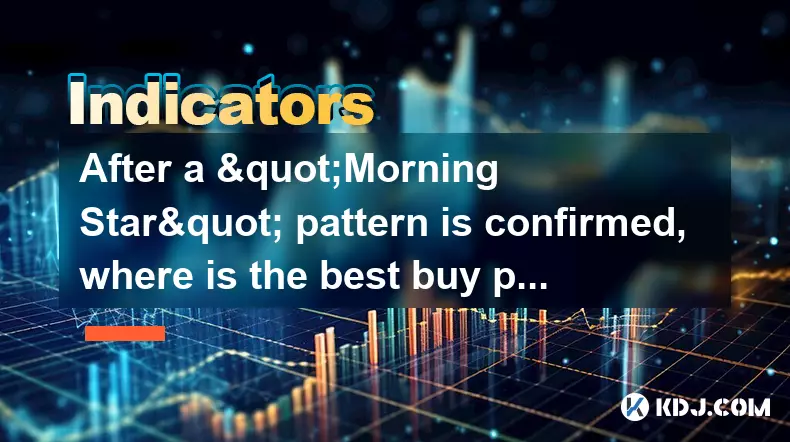
After a "Morning Star" pattern is confirmed, where is the best buy point?
Sep 10,2025 at 06:00pm
Understanding the Morning Star Pattern1. The Morning Star is a bullish reversal candlestick pattern that typically forms at the end of a downtrend. It...
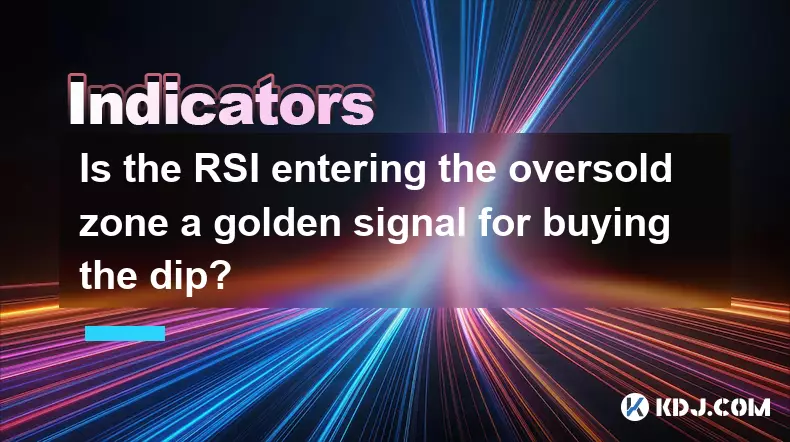
Is the RSI entering the oversold zone a golden signal for buying the dip?
Sep 09,2025 at 02:55pm
Understanding the RSI and Its Role in Crypto Trading1. The Relative Strength Index (RSI) is a momentum oscillator widely used in the cryptocurrency ma...
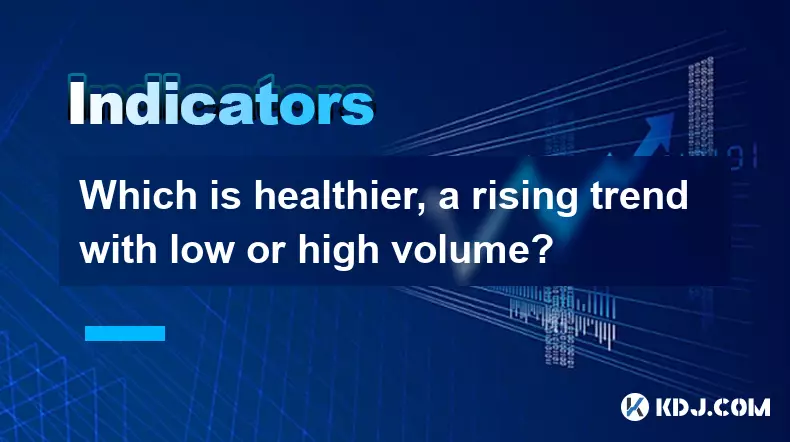
Which is healthier, a rising trend with low or high volume?
Sep 09,2025 at 04:00pm
Understanding Volume in Market Trends1. Volume serves as a critical indicator when analyzing the strength of a rising trend in cryptocurrency markets....

How can I accurately identify RSI divergences?
Sep 10,2025 at 09:54pm
Understanding RSI Divergence Basics1. Relative Strength Index (RSI) is a momentum oscillator that measures the speed and change of price movements on ...
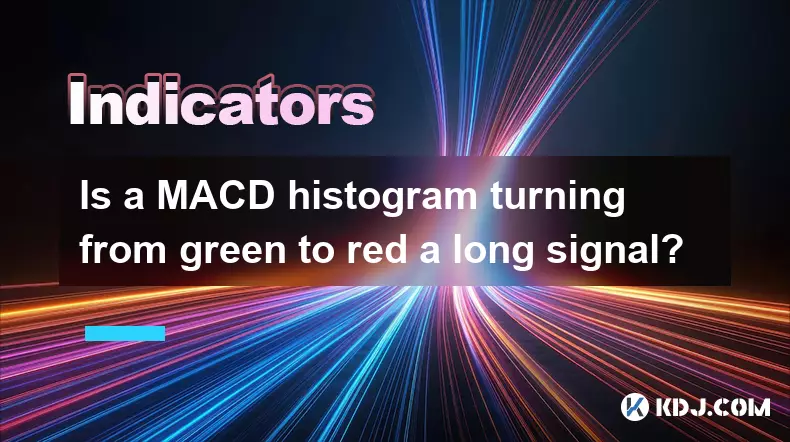
Is a MACD histogram turning from green to red a long signal?
Sep 09,2025 at 01:54pm
Understanding the MACD Histogram in Crypto Trading1. The MACD (Moving Average Convergence Divergence) histogram is a visual representation of the diff...
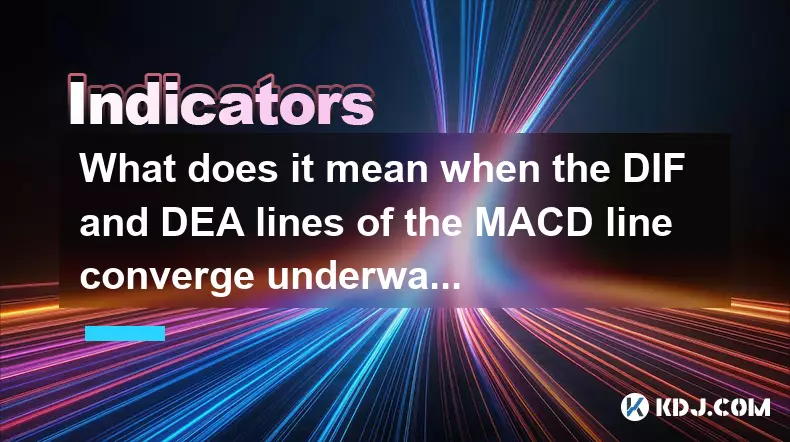
What does it mean when the DIF and DEA lines of the MACD line converge underwater?
Sep 09,2025 at 07:55am
Understanding MACD Components in Bearish Territory1. The MACD indicator consists of three elements: the DIF (Difference), DEA (Signal line), and the M...

After a "Morning Star" pattern is confirmed, where is the best buy point?
Sep 10,2025 at 06:00pm
Understanding the Morning Star Pattern1. The Morning Star is a bullish reversal candlestick pattern that typically forms at the end of a downtrend. It...

Is the RSI entering the oversold zone a golden signal for buying the dip?
Sep 09,2025 at 02:55pm
Understanding the RSI and Its Role in Crypto Trading1. The Relative Strength Index (RSI) is a momentum oscillator widely used in the cryptocurrency ma...

Which is healthier, a rising trend with low or high volume?
Sep 09,2025 at 04:00pm
Understanding Volume in Market Trends1. Volume serves as a critical indicator when analyzing the strength of a rising trend in cryptocurrency markets....

How can I accurately identify RSI divergences?
Sep 10,2025 at 09:54pm
Understanding RSI Divergence Basics1. Relative Strength Index (RSI) is a momentum oscillator that measures the speed and change of price movements on ...

Is a MACD histogram turning from green to red a long signal?
Sep 09,2025 at 01:54pm
Understanding the MACD Histogram in Crypto Trading1. The MACD (Moving Average Convergence Divergence) histogram is a visual representation of the diff...

What does it mean when the DIF and DEA lines of the MACD line converge underwater?
Sep 09,2025 at 07:55am
Understanding MACD Components in Bearish Territory1. The MACD indicator consists of three elements: the DIF (Difference), DEA (Signal line), and the M...
See all articles

























![[XRP/XLM] The [XRP/XLM] The](/uploads/2025/09/10/cryptocurrencies-news/videos/xrpxlm-coin-depicted-simpsons-finally-moving/68c176916bcd0_image_500_375.webp)































































